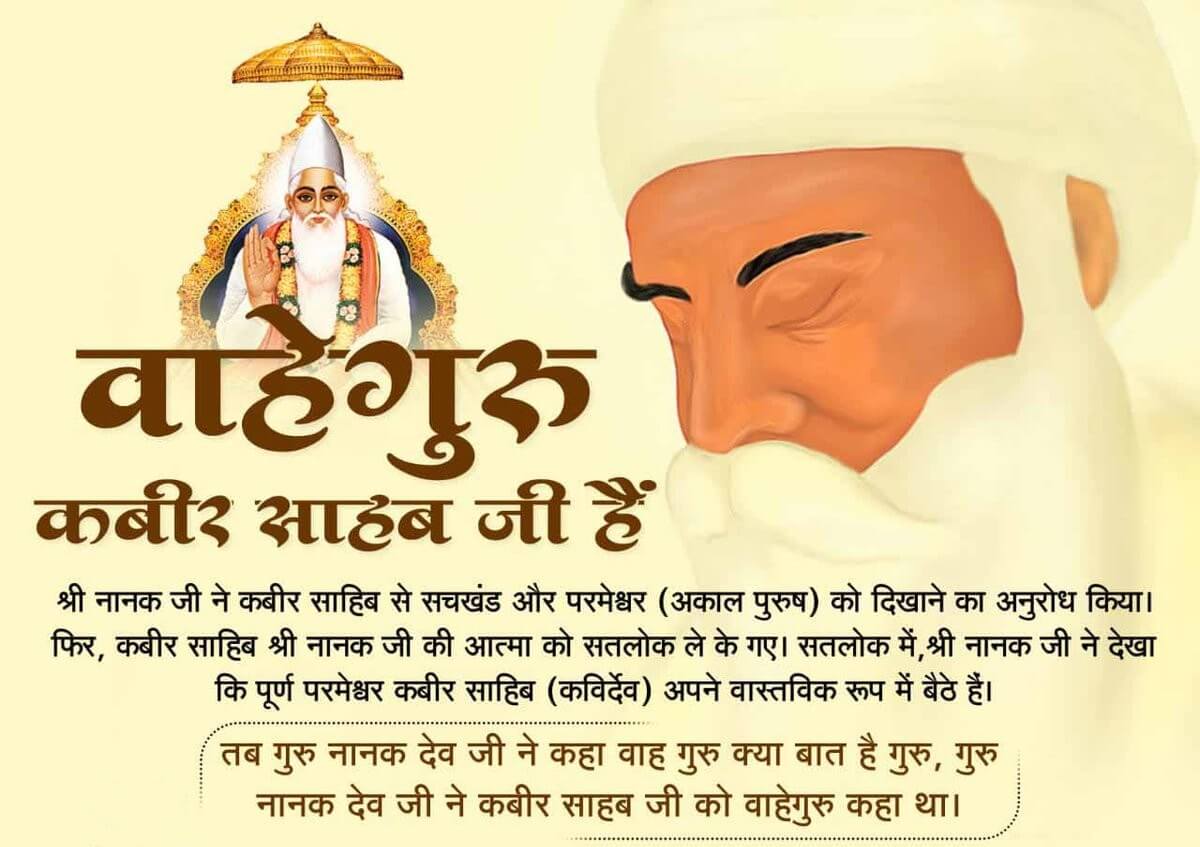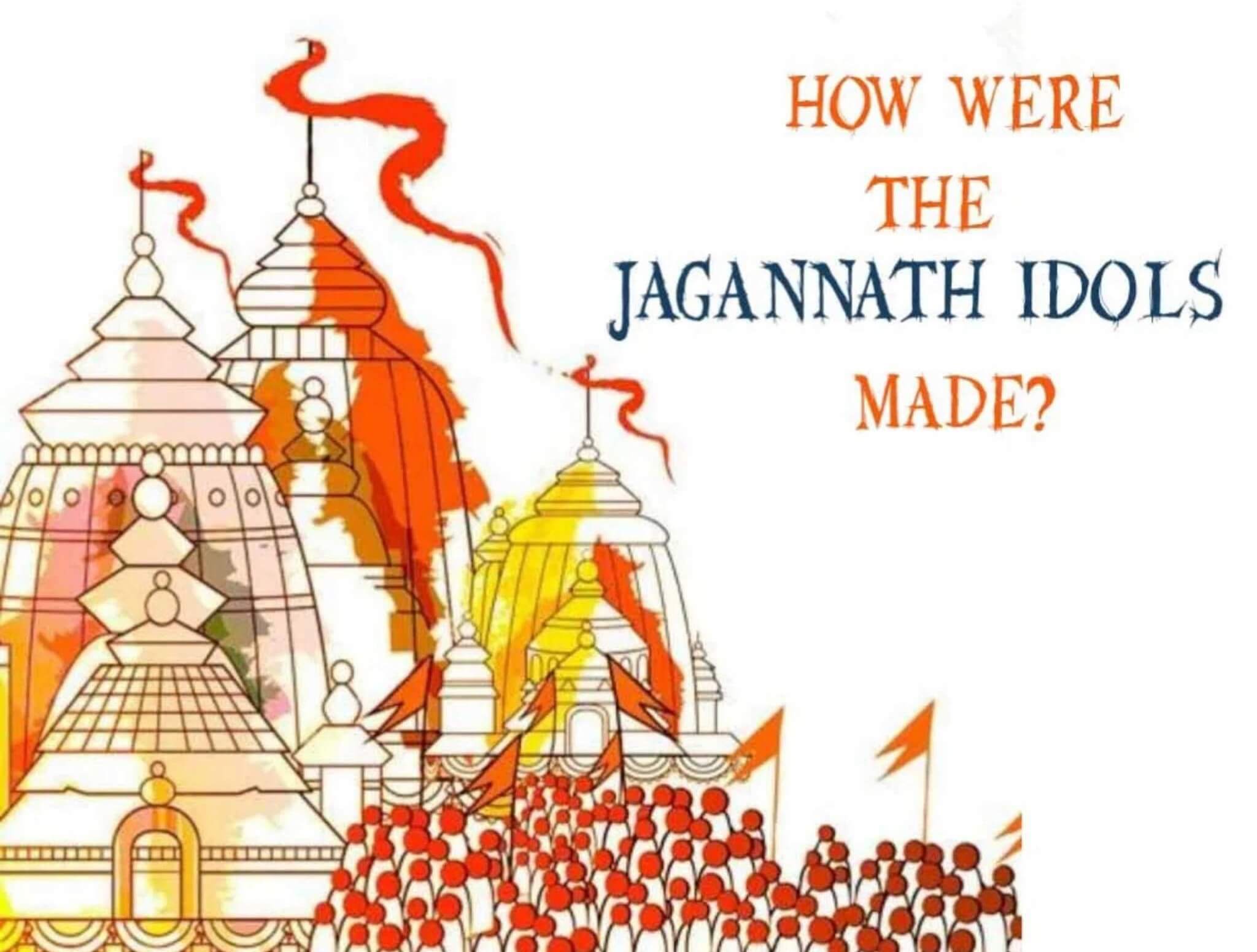Summary of Amar Mool
In Kabir Sagar, the 25th chapter "Amar Mool" is found on page 191. The content of the Amar Mool chapter has already been covered in previous chapters. These points have been repeated multiple times. There is no need for extensive explanation here. A brief description is provided, which is sufficient.
Men and Women Live in Harmony in Satlok
Pages 191 to 201 describe earlier discussions. On page 202, the nature of Satlok's creation and life is explained. In Satlok, men and women coexist in harmony and love. No one speaks harmful words or uses offensive language.
In Satlok, all individuals (both men and women) possess imperishable bodies. The radiance of a man's body and the beauty of women at Mansarovar are equal to the light of four suns. However, in Amar Lok, the glow of each man's and woman's body is equivalent to the light of sixteen suns. Even Satpurush possesses an imperishable body. The radiance of a single strand of hair from the body of Paramatma (Supreme God) surpasses the combined light of a billion suns and moons. Paramatma resides in Amar Lok.
All souls have reached Satlok via Satnam. They consume nectar-like fruits. The hunger of beings that have endured for ages in Kaal Lok is satisfied in Satlok. All souls, both men and women, drink sudha (nectar), quenching their thirst of lifetimes. Women, appearing in beautiful forms, are dearer to their husbands than life itself. The male inhabitants of Satlok look at all women with love and respect, not with malice or lust. No one speaks harmful, harsh, sarcastic, or inappropriate words. Everyone lives harmoniously, lovingly, and tenderly with their beloved queens, i.e., their wives. These women possess captivating beauty, and their charm is deeply appealing. All these women (kamini) are pure souls (hans). Their youthful appearance never fades. Women do not age, nor do men. They remain eternally youthful.
Supporting References
This information is corroborated in Gyan Prakash, pages 57-58, and Muhammad Bodh, pages 20-21, in Dash Mukami Rekhta. Additionally, Gyan Sthiti Bodh, pages 82-83, contains a detailed description of each attribute of Paramatma.
Hai nishshabd shabd se kaheun. Gyani soi jo vah pad lehaun.
Dharmadas main tohi sujava. Saar shabd ka bhed batava.
Summary of Amar Mool Page 203
Sar shabd nihakshar bhai. Gahe naam tehi sanshay nahin.
Sar shabd jo praani pavai. Satlok mahin jay rahavai.
Koti janm ko patak (pap) hoi. Naam pratap se jay sab khoi.
Page 204 to 208 contains ordinary knowledge.
Amar Mool page 209
Dharamdas ji has questioned whether a female can also attain liberation.
God Kabir has answered as under
Nari tire suno Dharmadas. Kahai Kabir nam visvas.
Guru ke charan nishavar jai. Tan man dhan sab dey charhai.
Guru ki seva nishadin karahi. So triya bhavasagar tarahi.
Page 210 to 214 contains ordinary knowledge.
On page 215 of Amar Mool, Dharamdas's wife took initiation, prepared a bed, and seated Satguru Kabir Ji upon it. Amini Devi then served Paramatma Kabir Ji by massaging His feet in devotion.
Aamini tab hi palang bichava. Satguru tahan aan paudhava. (letaya)
Dharmadas tab pankha dulavain. Aamini charan chapi sukha pavai.
Saheb tab hi daya kiinha. Mastik hath aamini ke dinha.
Page 216 to 232 contains ordinary knowledge.
In Amar Mool, the Kabir Panthis, influenced by Kaal, have wrongly instructed bringing golden trays, golden jars, and golden pitchers for performing Aarti as a means to collect food and wealth. This is incorrect.
Page 234 to 244 contains ordinary knowledge.
Summary of Amar Mool page 245
Eak kal (samay) jab aavai bhai. Sabai srishti lok sidhai.
Meaning: When 5,505 years of Kaliyuga have passed, that time will come when the entire creation will return to Satlok.
Page 246 to 258 contains ordinary knowledge.
In Amar Mool Page 259 there is Glory of Sumiran (mantra recitation)
Sumiran Must Be Done
Chaupai
Tum kahn shabd deenha taksara So hansan son kaho pukara
Shabd saar ka sumiran karihai Sahajai Satlok nistarihai
Sumiran ka bal aisa hoi Karm kat sab palmahn khoi
Jake karm kat sab dara Divya gyan sahajai ujiyara
Ja kahn divya gyan parkasha Aapahi men sab lok nivasha
Lok alok shabd hain bhai Jin jana tin sanshay nahi
Tattva saar sumiran hai bhai Jate yamki tapan bujhai
Sumiran son sab karm binasha Sumiran son divya gyan parkasha
Sumiran son jay hai Satloka Sumiran son mite hai sab dhoka
Dharman sumiran dehu lakhai Jaso hans sabai muktiyai
The above verses clearly state that sumiran must be practiced.
From Page 260 to 264, the content covers general knowledge which has already been described earlier.
Initiation Is Completed in Three Stages
On Page 265 of the Amar Mool chapter, there is evidence of completing the initiation process in three stages. Kabir Sahib has instructed that initiation should be carried out in three stages
Kabir Sahibs Words
Tab Kabir as kahibe linha Gyan bhed sakal kahi dinha
Dharmdas main kahun vichari Jihitain nibhai sab sansari
Prathamh shishya hoy jo ai Ta kahn pan dehu tum bhai
Jab dekhuh tum dridhta gyana Ta kahn kahuh shabd pravana
Shabd manh jab nishchay avai Ta kahn gyan agadha sunavai
Anubhav ka jab karai vichara So tau teen lokson nyara
Anubhav gyan pragat jab hoi Atmaram cheenh hai soi
Shabd nihshabd aap kahlava Aapahi bol abol sunava
Chaupai
Yah mati hum tau tum kahn dinha Birla shishya koi pavai cheenha
Dharmdas tum kahun sandesha Jo jas jeev tahi updesha
Balak sam jakar hai gyana Tason kahuh vachan pravana 1
Ja kahn sookshm gyan hai bhai Ta kahn sumiran dehu lakhai 2
Gyan gamya ja kahn puni hoi Sar shabd ja kahn kahu soi 3
Ja kahn divya gyan parvesha Ta kahn tattva gyan updesha
Tattva gyan jahi kahn hoi Doosar kitahu na dekhai soi
This evidence is also found in the Bir Singh Bodh chapter Pages 113 to 115, where King Bir Dev Singh Baghel completed the initiation process in three stages. Refer to the summary of the chapter Bir Singh Bodh in this same book from Pages 190 to 208.
The summary of the Amar Mool chapter in Kabir Sagar is now complete.



